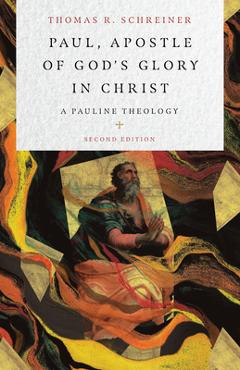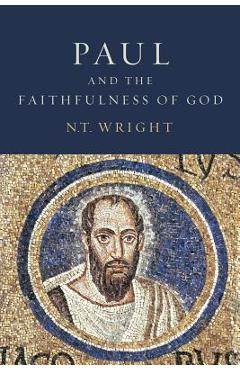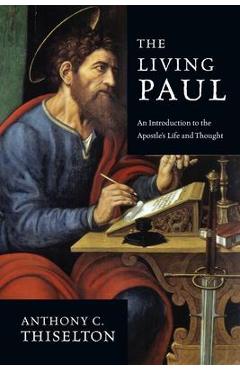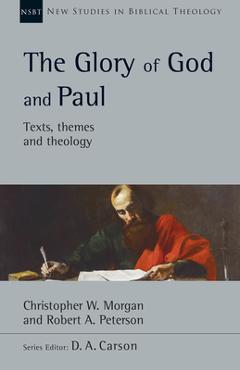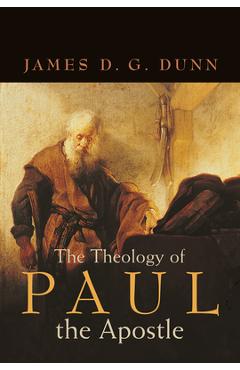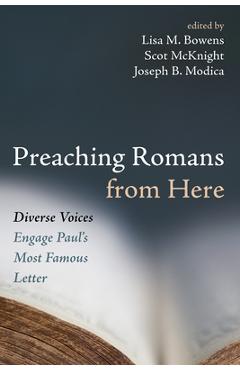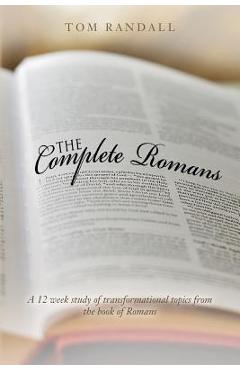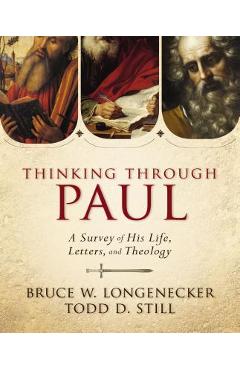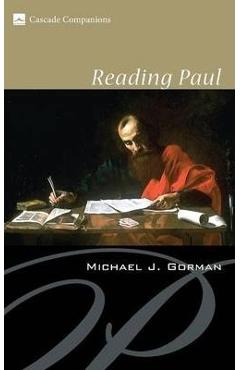Paul and the Image of God
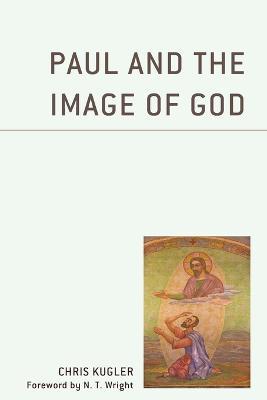
Paul and the Image of God
In this book, Chris Kugler situates Paul's imago Dei theology within the complex and contested context of second-temple Judaism and early Christianity in the Greco-Roman world. He argues that Paul adapted the Jewish wisdom and Middle Platonic traditions regarding divine intermediaries so as to present the preexistent Jesus as the cosmogonical image of God (according to which Adam himself was made) and toward which the whole of humanity was destined. In this way, Paul includes Jesus within the most exclusive theological category of second-temple Jewish monotheism: cosmogonical activity. Paul's imago Dei christology, therefore, is a clear instance of "christological monotheism." Moreover, Kugler demonstrates that this interpretation of Paul's imago Dei theology allows for a fresh reading of some of the most contested texts in Paul's letters: 2 Corinthians 3-4; Romans 7-8; and Colossians 1.15-20; 3.10. He demonstrates that at the rhetorical level, Paul presents himself and his sympathizers as true philosophers who attain to the (Middle Platonic) telos of true philosophy: the image of God; while he presents his opponents as advocates of an empty and deceitful philosophy.
PRP: 297.50 Lei
Acesta este Pretul Recomandat de Producator. Pretul de vanzare al produsului este afisat mai jos.
267.75Lei
267.75Lei
297.50 LeiLivrare in 2-4 saptamani
Descrierea produsului
In this book, Chris Kugler situates Paul's imago Dei theology within the complex and contested context of second-temple Judaism and early Christianity in the Greco-Roman world. He argues that Paul adapted the Jewish wisdom and Middle Platonic traditions regarding divine intermediaries so as to present the preexistent Jesus as the cosmogonical image of God (according to which Adam himself was made) and toward which the whole of humanity was destined. In this way, Paul includes Jesus within the most exclusive theological category of second-temple Jewish monotheism: cosmogonical activity. Paul's imago Dei christology, therefore, is a clear instance of "christological monotheism." Moreover, Kugler demonstrates that this interpretation of Paul's imago Dei theology allows for a fresh reading of some of the most contested texts in Paul's letters: 2 Corinthians 3-4; Romans 7-8; and Colossians 1.15-20; 3.10. He demonstrates that at the rhetorical level, Paul presents himself and his sympathizers as true philosophers who attain to the (Middle Platonic) telos of true philosophy: the image of God; while he presents his opponents as advocates of an empty and deceitful philosophy.
Detaliile produsului











